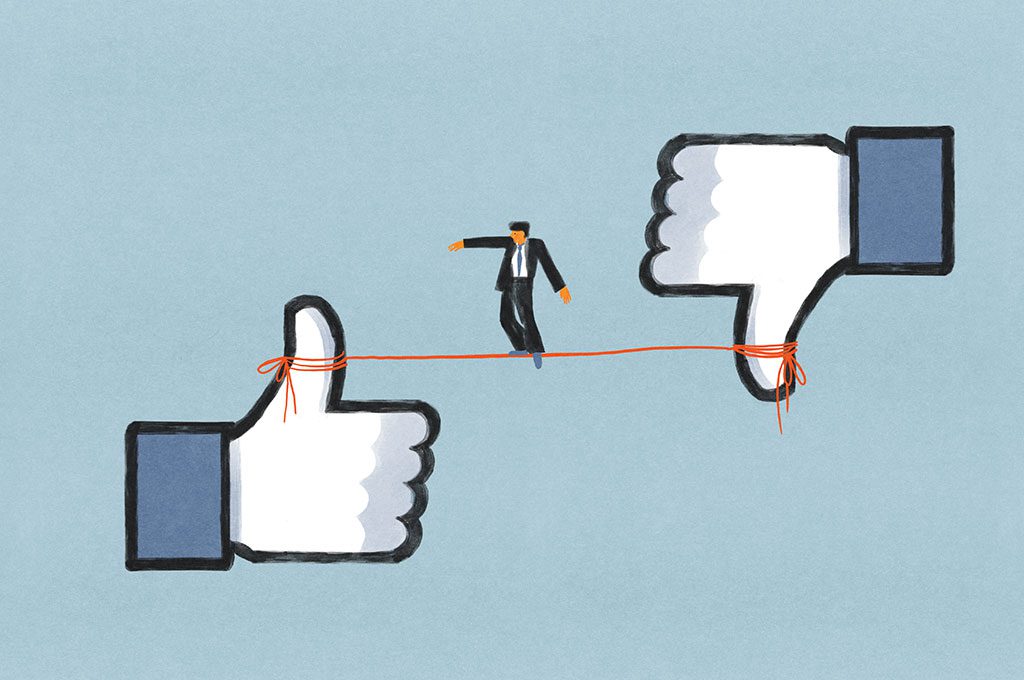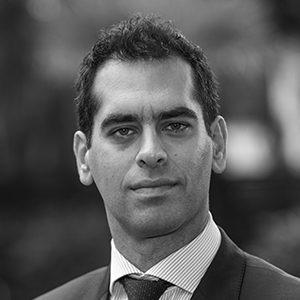
IESE Insight
Ethics in action: a model to navigate ethical dilemmas
To deal with ethical dilemmas, organizations need to know how to make sense of them. A new framework can help companies successfully navigate the paths.
In October 2020, Facebook removed a post from a user in France criticizing the drug regulator there for not authorizing hydroxychloroquine as a legitimate treatment for COVID-19. Facebook moderators said the post contravened its Community Standards by spreading misinformation. However, by January 2021, a newly established Oversight Board had reversed that decision, restoring the post but adding correct information alongside it.
This is just one of an ever increasing number of dilemmas that Facebook’s parent company, Meta, finds itself grappling with. When is it permissible to publish a photo of the drowned toddler Alan Kurdi? Are pictures of naked breasts allowable on Instagram if the post is to educate women about breast cancer? And what about the decision to ban former U.S. President Donald Trump from Meta platforms following the January 6, 2021, attack on the Capitol? These are all real cases that vexed employees, prompting the setting up of an independent board made up of experts in human rights, religious freedom and constitutional law to weigh up the thorniest of issues.
Meta isn’t alone in having to make tough calls these days. Many companies wrestle with their own ethical dilemmas. And as artificial intelligence (AI) is increasingly deployed across industries, the dilemmas are bound to get messier. When the issues aren’t black and white, how do companies navigate the grays?
Ethical decision-making can be learned, but it requires, first of all, having some guidelines in place, and then making sure that employees follow them. And when ethical dilemmas arise that aren’t explicitly covered by company guidelines (as invariably will happen in an evolving environment), the framework needs to be robust and dynamic enough that employees feel adequately equipped and empowered to deal with unusual cases as they crop up.
It was with this in mind that I joined with colleagues Jacky Swan, Davide Nicolini and Haridimos Tsoukas from the University of Warwick to study ethical sense-making in organizational contexts — how organizational actors cope when there are several equally valid interpretations of the same situation, and how they choose to resolve those tensions and ultimately decide what is the “right” way to act in the particular case before them.
For the purposes of our study, we needed to find an organization whose members referred to a prescriptive framework in order to arrive at a collective decision on a vast number of ethical issues. We ended up focusing on the ethics panels of England’s National Health Service (NHS). These panels have to consider individual requests to fund exceptional treatments not typically covered by public funding. The cases we studied ran from straightforward to complex to outliers, representing the range of ethical issues that an organization might encounter in the course of doing their work.
How these medical panels behaved and the procedures they followed to reach their conclusions contain helpful insights and relevant principles for other organizations seeking to apply ethical guidelines to their own complex scenarios.



